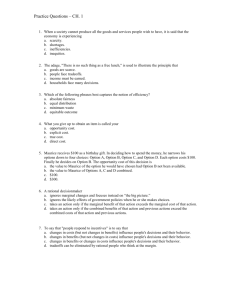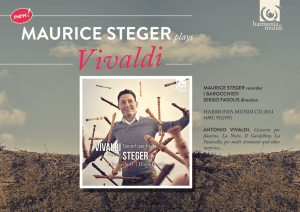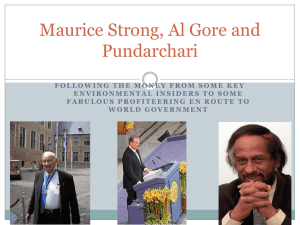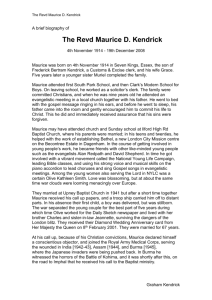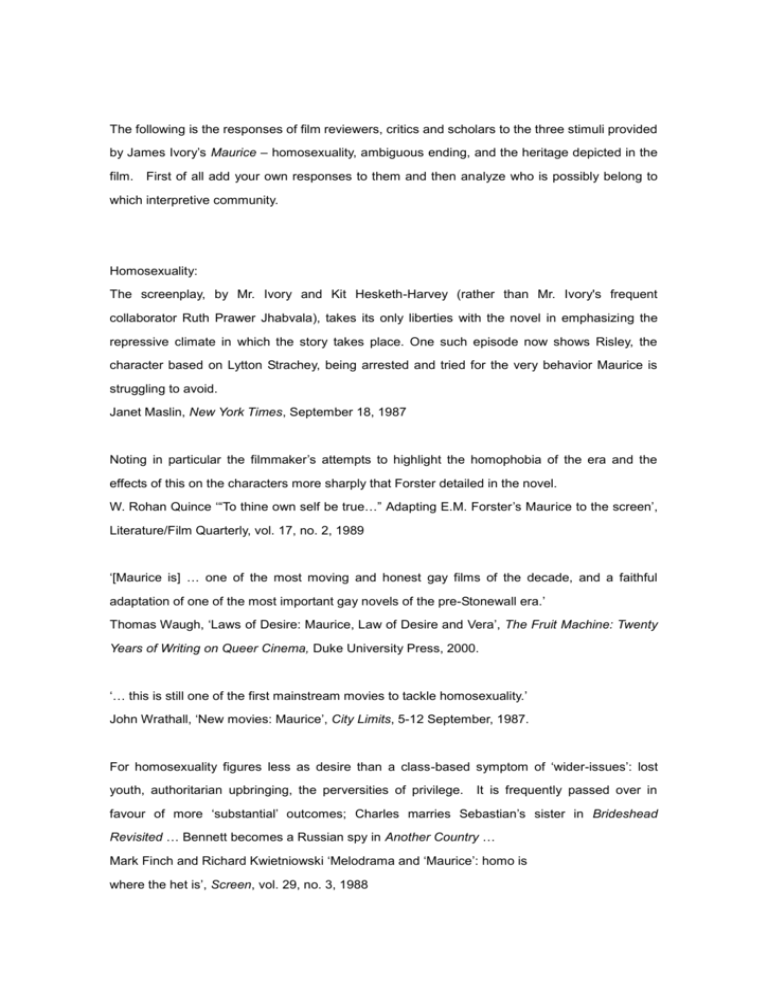
The following is the responses of film reviewers, critics and scholars to the three stimuli provided
by James Ivory’s Maurice – homosexuality, ambiguous ending, and the heritage depicted in the
film. First of all add your own responses to them and then analyze who is possibly belong to
which interpretive community.
Homosexuality:
The screenplay, by Mr. Ivory and Kit Hesketh-Harvey (rather than Mr. Ivory's frequent
collaborator Ruth Prawer Jhabvala), takes its only liberties with the novel in emphasizing the
repressive climate in which the story takes place. One such episode now shows Risley, the
character based on Lytton Strachey, being arrested and tried for the very behavior Maurice is
struggling to avoid.
Janet Maslin, New York Times, September 18, 1987
Noting in particular the filmmaker’s attempts to highlight the homophobia of the era and the
effects of this on the characters more sharply that Forster detailed in the novel.
W. Rohan Quince ‘“To thine own self be true…” Adapting E.M. Forster’s Maurice to the screen’,
Literature/Film Quarterly, vol. 17, no. 2, 1989
‘[Maurice is] … one of the most moving and honest gay films of the decade, and a faithful
adaptation of one of the most important gay novels of the pre-Stonewall era.’
Thomas Waugh, ‘Laws of Desire: Maurice, Law of Desire and Vera’, The Fruit Machine: Twenty
Years of Writing on Queer Cinema, Duke University Press, 2000.
‘… this is still one of the first mainstream movies to tackle homosexuality.’
John Wrathall, ‘New movies: Maurice’, City Limits, 5-12 September, 1987.
For homosexuality figures less as desire than a class-based symptom of ‘wider-issues’: lost
youth, authoritarian upbringing, the perversities of privilege.
It is frequently passed over in
favour of more ‘substantial’ outcomes; Charles marries Sebastian’s sister in Brideshead
Revisited … Bennett becomes a Russian spy in Another Country …
Mark Finch and Richard Kwietniowski ‘Melodrama and ‘Maurice’: homo is
where the het is’, Screen, vol. 29, no. 3, 1988
A sub rosa work until fairly recently, Maurice had a reputation as a book in which Forster was
honest about himself and explicit about homosexuality.
In the light of present-day views,
however, many of his precepts are embarrassing not to say parodic: with his upper-class friend,
Maurice has a platonic relationship but goes slumming with a working-class lad.
Indeed, fidelity
to the original has led Merchant-Ivory into a strange absence of perspective on the present-day –
something which may appeal to audiences in search of escapism but will leave others bemused.
Jill Forbes, Maurice, Monthly Film Bulletin, vol. 54, no. 646, November, 1987
Ivory's purposes are helped at first by the built-in safety of platonic love. By showing nonphysical
love between Maurice and Clive, the film prepares us for Maurice's later physical relationship
with under-gamekeeper Alec Scudder (Rupert Graves). By the time it happens, we are relieved
for Maurice. The relatively mild sexual scenes seem inevitable and natural. Ivory is simply
showing us loneliness.
Desson Howe, Washington Post, staff writer, October 2, 1987
The rarity of the spectacle of the male body, outside films specifically aimed at a gay audience,
clearly places these movies [Maurice and Another Country] somewhat outside the mainstream; it
also makes them likely sites of anxiety for straight male spectators.
It will surprise no one that
Maurice, a gay lover story, offers the audience such a spectacle …
Claire Monk, ‘Sexuality and Heritage’, Film / Literature / Heritage, British Film Institute, 2001
… Mauric’s … perversity is the straightness of its treatment of the sexual and emotional
self-discovery and transformation of its young gay Edwardian protagonist (James Wilby).
Coupled with Maurice’s restrained and even dour aesthetic, this straightness seems to me to be
a political strategy, as if Ivory considered the ‘normalising’ of gayness, by removing its visual and
behavioural codes, to be the duty of a liberal-humanist campaigning film.
However, quaint this
tactic may seem, it is not without some currency – in making gay men seem ‘just like everyone
else’, Maurice seeks to demonstrate beyond argument that the same human rights apply to them
as to everyone else.
Maurice was sneered at by some critics for its softly-softly approach to gay physicality, and its
eloquent focus on gay emotions and desire was memorably dismissed by Time magazine as
‘twits twittering.’ Nevertheless, this focus gradually accumulates and unleashes a far more
intense erotic charge than the sexually explicit but emotionally evasive Carrington.
Recall the
potent layers of fantasy appealed to by Maruice’s seduction by the gamekeeper Alec Scudder
(Rupert Graves): it’s the fantasy of sexual release (Maurice’s first with another human being) at
the hands of a near stranger who appears single-mindedly through your bedroom window as if
summoned by your own unconscious in the midst of a dream, ‘like a genie out of a bottle,’ as one
commentator puts it.
Consider, too, the S&M charge of the pair’s subsequent game of cat and
mouse; love letters that could be blackmail notes; the way Maurice’s emotional sadism and
Alec’s humiliation (‘You shouldn’t treat me like a dog’) function as a perverse courtship.
Claire Monk
Good looking-clothes also facilitates the exploration of what men may find attractive in each other.
Compare and contrast Ernesto and Maurice … Both represent relationship between an
eponymous middle-class protagonist and a working-class lover – an unnamed labourer in
Ernesto, Alec in Maurice.
In both cases, it is the working-classs character who know what he
wants, the ddle-class one who has to find out.
However, and overwhelmingly in terms of
difference, Ernesto constructs attraction between men overwhelmingly in terms of difference,
while Maurice moves it towards sameness …
The relationship between Maruice and Alec looks at first as if it is of a piece of that between
Ernesto and the labourer.
Alec’s dark ruffled hair, rough-textured collarless shirts, loosely
knotted neckerchiefs, heavy leggings contrast with Maruice’s fair, stiff white collars, tightly
knotted black ties and featureless dark shoes.
The contrast is most marked when they meet in
the garden, Alex in his gamekeeper’s gear, Maruice in dinner jacket, that night, Alec climbs into
Maruice’s bedroom and they make love.
Thereafter, however, clothing makes thme look more
like: naked in bed together, then in identical whites for a cricket match, and then, when he comes
to visit Maruice in London, Alec wearing a neat blue suit of the same cut as Maurice’s.
As they
lie in bed together in a rented room, the camera tracks over their neatly folded clothes, one
man’s set indistinguishable from the other’s.
They are thus integrated with each other and into
a conventional masculinity.
Richard Dyer, ‘Nice Young Men Who Sell Antiques – Gay Men in Heritage Film’, Film / Literature
/ Heritage
Ending
Forster’s novel ends, however, with the opposing consequences of repressing a activating desire.
Clive opts for the comforts of his class and position in a loveless marriage; Maurice ‘risks
everything’ by following a course of action dictated by his sexuality; he and the underkeeper Alec
Scudder choose to vanish and live as outlaws.
Such an end satisfies as wish-fulfilment and
rigorously invokes the implications of Forster’s dedication.
Mark Finch and Richard Kwietniowski
The film works as a double love story, in which the supposedly superior man is the betrayer,
while the man who is expected to betray becomes the redeemer.
Luckily the lower classes and the swarthy colonials have been around to arouse these starched
shirts from their sexlessness. In Forster's "A Passage to India," it was the Indians; in "A Room
With a View," the Italians; here it is the help. Maurice, like dear Lady Chatterley, takes up with
gamekeeper Alec Scudder, an earthy man's man who gives Maurice the physical love he has
longed for. The British obsession with class and sex is all rolled up into one beautifully
constructed, ruggedly sensual story.
Rita Kempley, Washington Post, Staff Writer, October, 2, 1987
The last scene of Clive gazing out of the window, painfully longing for Maurice is incredibly
moving.
Edinburgh University Film Society Review
Maurice’s most radical ingredient, though for many improbable, may be its near-magical happy
ending – eight years after its release, there is little reason to challenge its co-screenwriter Kit
Hesketh-Harvey’s claim that it is ‘the only time in a major film that the homosexual hero is
allowed the chance of happiness.’ Yet, amazingly, even this aspect of the movie has been
widely misrepresented. While most reviewers had concentrated on the more platonic first half
of the film, the majority of film reference guides give the impression – usually by omission – that
Maurice’s story ends, as tragic gay narrative convention leads us to expect, in tears.
One
synopsis even bizarrely claims that Maurice descends, like Dorian Gray, into promiscuity and
depravity!
Claire Monk
… Maurice seeks to break oout of his confinement by opening windows and, in one scene, bathe
in the rain ooutside the druhams’ country house, Pendersleigh.
film’s end.
This motif is returned to at the
Maruice has told Clive of his relationship with Alec Scudder.
inside and the door is closed behind him by his butler Simcox.
Clive then returns
He joins the wife he has married
for the sake of career and respectability and proceeds to close the shutters of his bedroom
windows. We then see him from the outside, and a reverse point-of-view shot of Maurice at
Cambridge follows.
The implication of this are clear.
In a scene replete with the connotations
of sacrifice and repression familiar from melodrama, Clive is shutting out the erotic passion
represented by Maurice (now in the boathouse with Alec) and is, in effect, imprisoned within his
own home.
However, this sense of the repressiveness of the country house is also undercut by
the way in which the setting has been presented.
Despite Clive’s complain that his house is
‘falling down’, the film’s heritage impulse has none the less shown it to be attractive and
appealing.
Thus, like the film’s use of Cambridge, the setting is simultaneously condemned and
enjoyed.
John Hill, British Cinema in the 1980s, Oxford University Press
Heritage:
If audiences take away a sole representative image from ''Maurice,'' it might well be the sight of
handsome, moody young Clive Durham (Hugh Grant) resting his head voluptuously upon the
knee of Maurice Hall's white flannel trousers. Or it might be the image of clever young
Cambridge undergraduates in their heavy tweeds, studying from well-worn leather volumes and
resting their polished shoes on weathered Oriental rugs. It could even be the elegant English
country house where Clive and his family hunt and stroll and dress for dinner, a world so
convincingly rendered that the house very nearly feels drafty. In settings like these, the film
makers' mixture of voyeurism and social criticism becomes all the more delectable.
Janet Maslin
the film is masterly… as a social panorama of the Edwardian era in town and country
Alexander Walker, ‘Of Flesh and Fashion’, Evening Standard, 5 November, 1987, p. 32.
With their "Masterpiece Theater" approach (lifestyles of the Brit and shameless), Ivory and
Merchant marry a sensational subject with the terminal respectability of leisured England. We sit
in coaches, observe Oxford-educated gentility, join families at formal dinners and visit their
country homes. And, because we're in on Maurice's secret, all these trappings have new
meaning.
Desson Howe
Insertion shots of Cambridge function similarly in Maurice, having only a minimal function as
establishing shots.
In this way, the heritage culture becomes the object of a public gaze, while
the private gaze of the dramatis personae is reserved for romance:
the quality of their surroundings.
they almost never admire
Heritage culture appears petrified, frozen in moments that
virtually fall out of the narrative, existing only as adornments for the staging of a love story.
Thus, historical narrative is transformed into spectacle; heritage becomes excess, not functional,
not something to be used, but something to be admired.’
Andrew Higson, ‘Re-presenting the National Past’, British Cinema and Thatcherism, UCL Press
1993
(The image of the past in the heritage films has become so naturalized that, paradoxically, it
stands removed from history: the evocation of pastness is accomplished by a look, a style, the
loving recreation of period details – not by any critical historical perspective.
The self-conscious
visual perfectionism of these films and their fetishization of period details create a fascinating but
self-enclosed world.
They render history as spectacle, as separate from the viewer in the
present, as something over and done with, complete, achieved.
Hence, the sense of
timelessness rather than historicity in relation to a national past which is ‘purged of political
tension’ and so available for appreciation as visual display. )
… despite the liberalism of the ideas concerning relition which Maruice encounters among his
fellow students, the university itself is associated with intolerance.
During his translation class,
the Dean asks that the reference to the ‘unspeakable vice of the Greeks’ be omitted and
subsequently sends Maurice down for missing classes and consorting with Clive.
However, the
Cambridge which the film presents is none the less visually seductive and appealing.
In the
very scene, not in the novel, in which Durham complains of the Dean’s ‘hypocrisy’ and mocks
religious belief, the men are shown punting in front of picturesque university background.
scene which immediately follows also provides a visually splendid view of the chapel interior.
The
In
the same way, Maurice and Clive’s first tentative embrace is preceded by no less than three
‘establishing’ shots of the university before there is a cut to close-up of Clive’s face. These
shots not only provide the narratively surplus display of heritage properties which is characteristic
of the heritage film but also seem to celebrate the very culture which forbids the full expression o
their desires.
Indeed, the way in which the shots are linked through overlapping sound (the
choir) and visual style appears to integrate their ‘counter-love’ (as homosexuality is described in
the translation class) with the mise-en-scène of Cambridge and suppress the sense that they
might in any way be ‘outlaws’ (as Maruice subsequently puts it).
And, given that Maruice, as the
representative of suburbia, is not automatically at ease with Cambridge, there is a strong sense
that his attraction to Clive and to the elegance and values of Cambridge are interconnected.
John Hill


